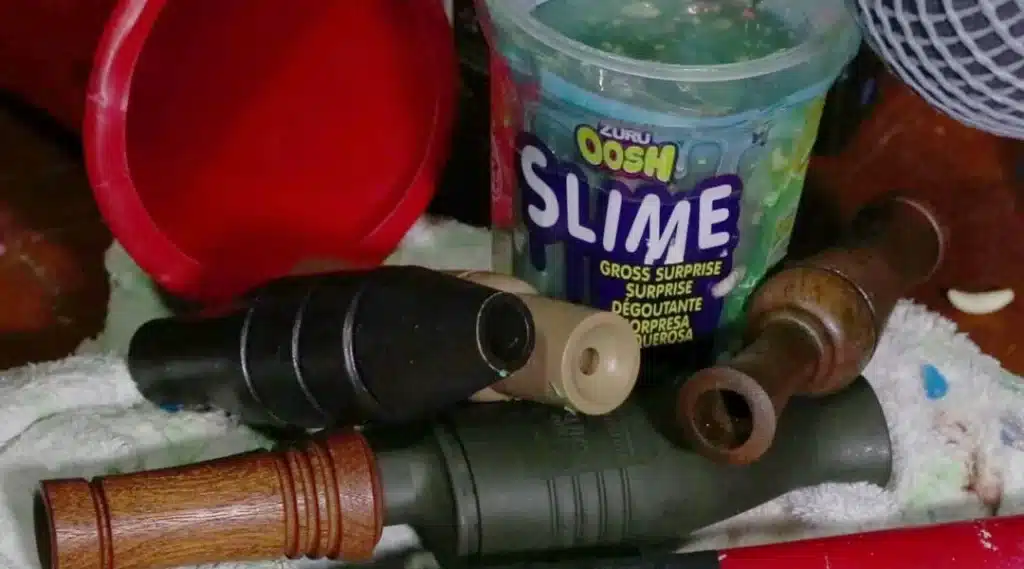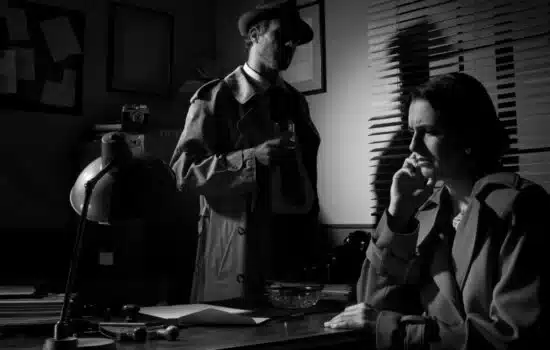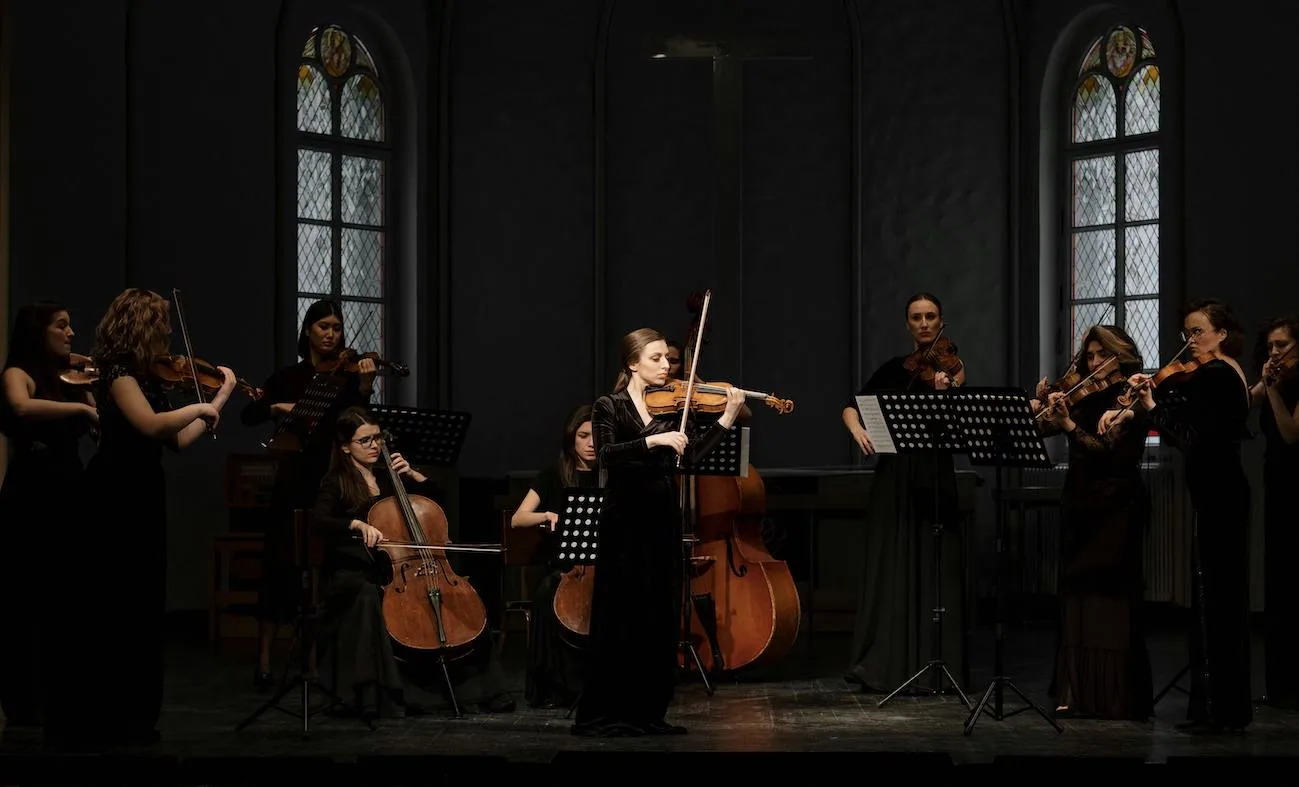Using YouTube for inspiration as a foley artist

A very slimy foley video
It’s an ordinary day in August 2020. While indulging in breakfast, I casually glance at my phone for emails, stumbling upon a newsletter from Tim Pebble of HissandRoar. Tim creates the most amazing sound effects libraries and as a foley artist, they give me sometimes ideas for unusual props to use in my work. The title of his latest library, “Slime Vocals,” immediately captures my interest. Not necessarily for the sound effects themselves, but for the behind-the-scenes videos that Tim always creates when launching a new library. Tim’s making-of videos have always been a wellspring of inspiration, showcasing how he transforms ordinary objects into extraordinary sounds and in that sense he goes through the same search that we do as foley artists.
Tim doesn’t disappoint this time either. In the making-of video, the mystery behind “Slime Vocals” unfolds. Simply put, he sticks a flute or tube into a plastic container filled with slime (the gross kids toy) and as he blows into the flute or tube he creates bizarre, sing-songy sounds. He uses a vuvuzela, the horn famous from the South African World Cup that was known for reaching painful sound levels of 144 dB. For comparison, that’s as loud as a fighter jet, fireworks, or gunshots. Luckily, Tim only has one…

A foley artist that sounds like a pig
In his video he also uses game calls. These are whistles that mimic the calls of animals. They are available for various animals like wild boars, birds, foxes, and rabbits, and when you blow on them, you hear the animal’s call. Hunters use them to lure animals closer before shooting them. Blowing on such a game call into the slime creates a kind of strange, bubbling, animalistic call. It could easily be the vocalizations of a dinosaur or dragon. But maybe a gurgling and slimy dino in this case.
The video inspires me to get a few game calls myself because without the slime they can also produce very useful sounds that I can use during foley recordings. I watch another YouTube video featuring a hefty German hunter demonstrating how to realistically mimic the grunting of a female wild boar in a way that the male would starts running towards the barrel of your gun. Sitting on a folding chair that almost gives way under his weight, he demonstrates the sounds in a forest. The video unintentionally becomes hilarious. I imagine a male wild boar in the woods hearing the call and thinking it’s a female wild boar. Eagerly, he runs through the forest towards the supposedly sexy female, only to find the German guy sitting on a folding chair blowing on a whistle. That must be a disappointment…
A foley artist that sounds like a squirrel
A few weeks after buying a game call that mimics the sound of a squirrel I work on an episode of a children’s tv show where a girl takes care of a wounded squirrel and the squirrel needs scared and sad vocalization. The sound designer asks me if I have any suggestion how to make the sound. Yes I do! With the flute I produce trembling and sad squirrel sounds which almost bring myself to tears. Something that wouldn’t have be possible with sound effects, which reminds why we foley artists do this: to add emotion, performance and realism to our sounds to enhance the storytelling. And I’m the happy owner of another useful foley prop in my foley studio!

A still from the tv show with the poor squirrel
Foley artists in action
YouTube is sometimes like a virtual classroom to me. I can watch other foley artists at work because there are so many making-of videos where foley artists show how they created the sounds for a particular film. This is often filmed in their own foley studio, so I can also see which objects, microphones, and floors they us and how the space is arranged. This can give me great ideas for how to improve my own studio or which new microphones I need to test out. Since I started my career as one of the only 2 foley artists in the Netherlands that was very valuable in my career.
YouTube for sound research
YouTube can also be a great research tool while working on a film. If I want to hear a certain object or vehicle in real life, there’s always someone who has made a video of it and uploaded it on YouTube. For example, when we had to create the squeaking of the metal wheels of a Russian T34 tank for the movie The Forgotten Battle, we could hear on YouTube how it sounded. And this turned out actually much higher pitched than expected for such a heavy tank.

The Evolution of the craft as a Foley Artist: Then and Now
When seeing older YouTube videos of foley artists at work it makes me realize how much the profession remained the same over the years. Despite technological advances it is still an artisanal craft where you make sounds with your hands. A big thing that has changed is the big amount of tracks we now have to our disposal and how we can easily redo a take if it’s not right, since we don’t have to record on tape anymore. In the 50’s and 60’s foley artists recording the sounds of entire fight scenes in one take, including footsteps, punches, and falling against stacks of objects as in this video below of foley artist Andy Malcolm (who is still active today as a foley artist)
When I just graduated as a sound student and started my foley career, YouTube was in its infancy, and I had no idea how other foley artists worked. Today many foley artists, including myself, openly show their studios and how they created the sounds for our favorite films. Whether you’re a fellow foley artist, a sound enthusiast, or someone curious about the magic behind the scenes, join us on YouTube. Dive into the creativity, learn the tricks, and witness the evolution of foley recording. Let’s amplify the art of foley sound together!
If you wanna hear our foley sounds in action check out our showreel on Vimeo and send us an email to request a password!
Related Articles
Approaching foley in a musical way
Learn about the 8 things that greatly improved my foley recordings in the last 15 years. From techniques to gear and mics
Oscar win for I Am Not A Robot!
"And the Oscar goes to: I AM NOT A ROBOT!" The Oscar nomination was already amazing but now Victoria Warmerdams movie won an Oscar in the category Best Live Action Short Film! Congratulations to the amazing cast and crew and




